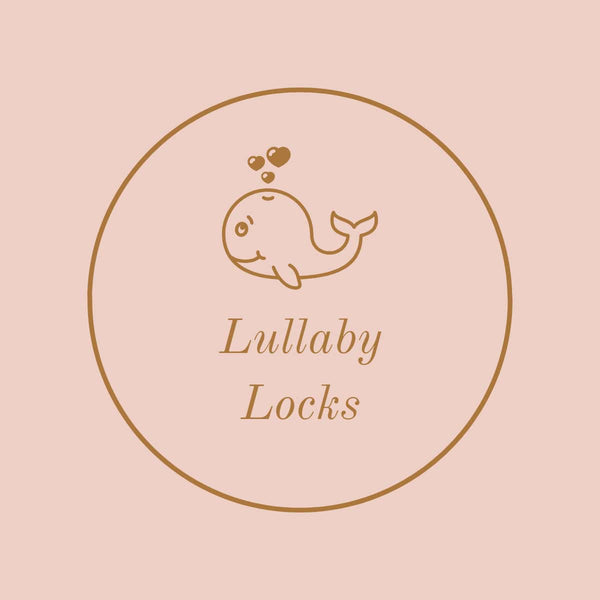
From Gummy Smiles to Pearly Whites: A Parent's Guide to Your Child's Toothbrushing Journey
Share
The journey of a thousand smiles begins with a single brushstroke! As parents, we often focus on feeding schedules, sleep training, and developmental milestones. But one crucial aspect that sometimes gets overlooked is oral hygiene, right from those first gummy grins. Establishing good dental habits early on is the cornerstone of a lifetime of healthy teeth and a radiant smile.
Let's embark on this exciting toothbrushing journey, from infancy through the adventurous toddler years, and equip you with practical tips and tricks.
The Infant Stage (0-12 Months): Gums First, Teeth Second
Even before that first tiny tooth erupts, your baby's mouth needs attention. This stage is less about "brushing" and more about establishing cleanliness and routine.
- Before Teeth Arrive: After feedings, gently wipe your baby’s gums with a clean, damp cloth or a soft infant gum massager. This removes milk residue, prevents bacterial build-up, and gets your baby accustomed to oral care.
- The First Tooth Appears (Around 6-10 months): Congratulations! That tiny white speck is a milestone. It's time to introduce a soft-bristled infant toothbrush and a tiny smear (the size of a grain of rice) of fluoride toothpaste.
- Technique: Gently brush the tooth and surrounding gum tissue twice a day. Make it quick and gentle.
- Pro Tip: Let your baby play with the toothbrush (under supervision) to make it a familiar and less intimidating object.
The Toddler Years (1-3 Years): Brushing Takes Off!
This is where the real fun (and sometimes, the real challenge!) begins. Toddlers are developing independence, which can mean resistance to anything they perceive as a chore. Consistency and making it fun are your best tools.
- Toothpaste Amount: By now, you can use a pea-sized amount of fluoride toothpaste.
- Brushing Technique: Continue brushing twice a day. Focus on all surfaces of the teeth – front, back, and chewing surfaces.
- Rule of Thumb: Brush for two minutes. You can use a timer, play a favorite song, or a short educational video to make this time engaging.
Leading by Example: Toddlers are mimics! Let them see you brush your teeth. Make it a family activity.
Empowerment: Let your toddler try to brush their own teeth first (without toothpaste), then you can follow up to ensure a thorough cleaning. This gives them a sense of control and accomplishment.
Making it Fun:
· Story Time: Invent a story about "sugar bugs" being cleaned away.
· Sing a Song: Create a custom brushing song.
· Choose Their Brush: Let them pick out a toothbrush with their favorite character.
· Rewards: A sticker chart for consistent brushing can work wonders.
General Oral Hygiene Tips for Kids:
- Fluoride is Your Friend: Fluoride strengthens tooth enamel and prevents cavities. Ensure your child's toothpaste contains fluoride.
- Regular Dental Check-ups: Schedule your child’s first dental visit by their first birthday or when the first tooth appears. Regular check-ups every six months are vital for early detection of issues. Find a pediatric dentist who specializes in children's oral health.
- Limit Sugary Foods and Drinks: Sugar is the primary culprit behind cavities. Reduce intake of candies, chocolates, sweetened juices, and fizzy drinks. Offer water as the main beverage between meals.
- No Bottles to Bed: Never put your baby to bed with a bottle containing milk, formula, or juice. This can lead to "baby bottle tooth decay," severe cavities caused by prolonged exposure to sugars.
- Flossing (When Teeth Touch): Once your child's teeth start touching each other, it's time to introduce flossing. Child-friendly floss picks can make this easier.
- Replace Toothbrushes Regularly: Change your child's toothbrush every 3-4 months, or sooner if the bristles are frayed or after an illness.
Establishing good oral hygiene habits from a young age sets your child up for a lifetime of healthy smiles. It requires patience and consistency, but the beaming, cavity-free smile of your little one will be your greatest reward!
Related Resources & Links:
- Indian Dental Association - Oral Health for Children (While specific articles might change, this is the main body for general information in India)
- American Academy of Pediatrics - Oral Health (A comprehensive resource for global best practices)
FAQs about Kids' Oral Hygiene:
Q1: When should I start brushing my baby's teeth? A1: You should start cleaning your baby's gums with a damp cloth even before teeth erupt. Once the first tooth appears (around 6-10 months), start brushing with a soft-bristled infant toothbrush and a rice-grain sized smear of fluoride toothpaste.
Q2: How much toothpaste should I use for my toddler? A2: For children under 3, use a smear the size of a grain of rice. For children aged 3 to 6, use a pea-sized amount of fluoride toothpaste. Always ensure they spit out the toothpaste and don't swallow it.
Q3: Is fluoride toothpaste safe for babies and toddlers? A3: Yes, a tiny amount of fluoride toothpaste is safe and recommended by dentists. Fluoride is crucial for strengthening enamel and preventing cavities. Supervise your child to ensure they don't swallow large amounts.
Q4: My child hates brushing their teeth. What can I do? A4: Try making it fun! Let them choose their own toothbrush, sing a brushing song, use a timer, or brush your teeth together to lead by example. Empower them by letting them "help" brush first before you take over for a thorough cleaning.
Q5: When should my child have their first dental visit? A5: It's recommended that your child has their first dental visit by their first birthday or within six months of their first tooth erupting. Early visits help establish a "dental home" and detect any potential issues early.
Q6: How can I prevent cavities in my child? A6: Regular brushing with fluoride toothpaste, limiting sugary foods and drinks, avoiding bedtime bottles with anything other than water, and routine dental check-ups are key to preventing cavities.
